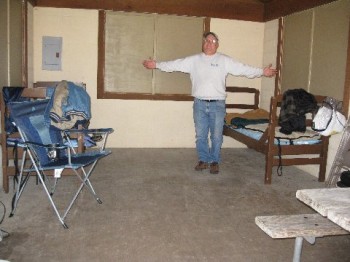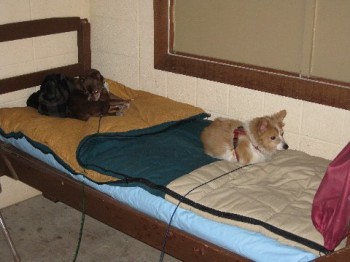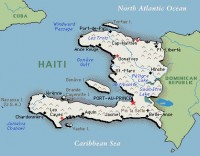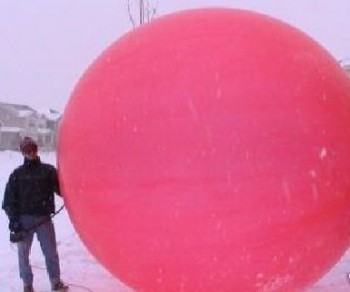W2IK and The Bexar Operators Group (W5BOG) located in San Antonio, Texas, will sponsor their 5th annual “Jump Team Boot Camp” in 2011, commencing on April 8th (Friday morning) and running through the 10th (Sunday evening).
This year’s “Boot Camp” will concentrate on the ways and means to get a “Jump Team” operational should there be a need to deploy far from your home and communicate in the aftermath of a disaster where nothing is standing.
Just like the other “Jump Team Boot Camps” I’ve taught, this will be an actual drive-and-operate operation and NOT a desktop drill. This is the “no bs, real deal” of emcomm training and is as close as it gets to an actual disaster. The only emcomm boot camp in the country!
You will get very dirty. You will test your personal limits.
You will leave with self-confidence in dealing with extreme emergency communications work.
ECs and AECs from any group are especially encouraged to attend so they can bring valuable information back to their group(s) and so they are aware of what any of their members will be facing when you ask them to deploy to an extreme disaster area.
This boot camp will also be of great help if any EC or group wishes to create their own “Jump Team” from scratch. I will also be available after this event should any attendees require additional help in forming their own Jump Team and I will even meet with your group to get you started or review your Jump Team plans. (This offer ONLY for those who have attended this boot camp.)
Participants for this session will meet at a central staging area in San Marcos, TX. Pre-deployment maps will be given out at this time, although due to the nature of real emergencies along any caravan route, driving directions may change due to “flooding” and other concerns so each vehicle must be equipped with 2 meter (simplex) capabilities.



 We traveled to the Calliham Unit of Choke Canyon State Park, about 15 miles west of the town of Three Rivers, which is about 80 miles south of San Antonio.
We traveled to the Calliham Unit of Choke Canyon State Park, about 15 miles west of the town of Three Rivers, which is about 80 miles south of San Antonio.

